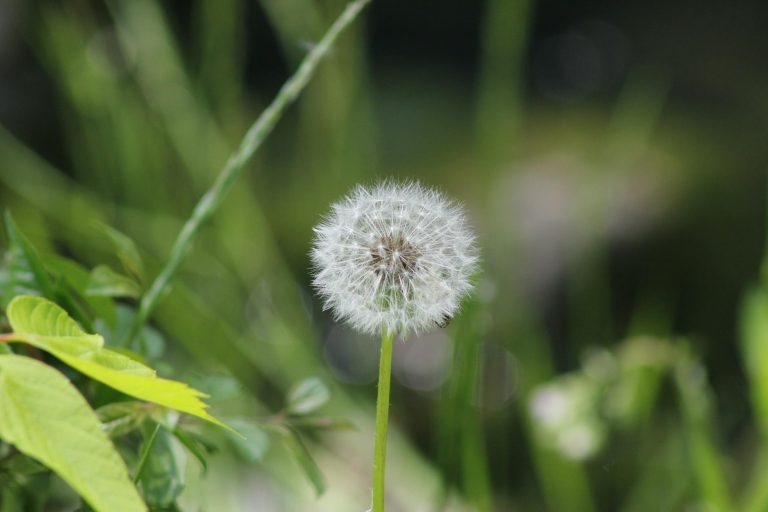Invasive Weeds: Master Effortless Control
Invasive weeds control doesnt have to be a daunting task – with the right strategies and techniques, you can effortlessly restore balance to your environment. Learn how to identify, prevent, and control these aggressive plants to preserve the beauty of your garden and protect native species.
Invasive Weeds: Master Effortless Control
In today’s world, the issue of invasive weeds continues to pose a significant challenge for farmers, gardeners, and environmental conservationists alike. These aggressive plants can quickly take over an area, choking out native species and disrupting the ecosystem. However, with the right strategies and techniques, it is possible to control invasive weeds effectively and restore balance to your environment. In this article, we will explore various methods and tips for mastering effortless control over invasive weeds.
Understanding Invasive Weeds
Before delving into control measures, it is essential to have a clear understanding of what invasive weeds are. Invasive weeds are non-native plants that have the potential to spread rapidly in a new environment, often outcompeting native vegetation. These plants can harm biodiversity, agricultural productivity, and even human health in some cases. Common examples of invasive weeds include Japanese knotweed, Himalayan balsam, and giant hogweed.
Identifying Invasive Weeds
The first step in controlling invasive weeds is to accurately identify them. Many invasive species have distinct characteristics that set them apart from native plants. Look out for rapid growth, prolific seed production, and the ability to thrive in a variety of conditions. It is crucial to familiarize yourself with the invasive weeds in your area to effectively combat their spread.
Preventative Measures
One of the most effective ways to control invasive weeds is through preventative measures. By implementing proper landscaping practices, such as mulching, regular weeding, and planting native species, you can create a less hospitable environment for invasive weeds to establish themselves. Additionally, being cautious when introducing new plants to your garden can help prevent the inadvertent spread of invasive species.
Mechanical Control
Mechanical control methods involve physically removing or damaging invasive weeds to inhibit their growth. Techniques such as hand-pulling, hoeing, mowing, and cutting can be effective for managing smaller infestations. For larger areas, mechanical control may involve the use of machinery such as brush cutters or weed whackers. While labor-intensive, mechanical control can be a valuable tool in the fight against invasive weeds.
Biological Control
Biological control is another strategy for managing invasive weeds that involves utilizing natural enemies to suppress weed populations. This method can involve the introduction of herbivorous insects, pathogens, or other organisms that specifically target invasive weed species. Biological control can be a sustainable and environmentally friendly approach to weed management, but it requires careful consideration to prevent unintended harm to native flora and fauna.
Chemical Control
Chemical control, or herbicide application, is a common method used to control invasive weeds. Herbicides are designed to target specific weed species while minimizing harm to non-target plants. When using herbicides, it is crucial to follow label instructions carefully and consider factors such as environmental impact, application timing, and potential resistance development. Integrated pest management (IPM) approaches can help optimize the effectiveness of chemical control while minimizing risks.
Combining Strategies for Success
In many cases, a combination of control strategies may be necessary to effectively manage invasive weeds. Integrating mechanical, biological, and chemical control methods into a comprehensive weed management plan can maximize the chances of success while minimizing negative impacts on the environment. Regular monitoring and adaptive management are also essential components of a successful weed control program.
Conclusion
Invasive weeds pose a significant threat to ecosystems, agriculture, and landscapes worldwide. By understanding the characteristics of invasive weeds, identifying them correctly, and implementing a multifaceted control strategy, you can master effortless control over these aggressive plants. Whether you choose mechanical, biological, or chemical control methods, it is important to approach weed management with care, diligence, and a commitment to preserving the health and diversity of our natural environment. By taking proactive steps to combat invasive weeds, you can make a positive impact and help protect our ecosystems for future generations.






